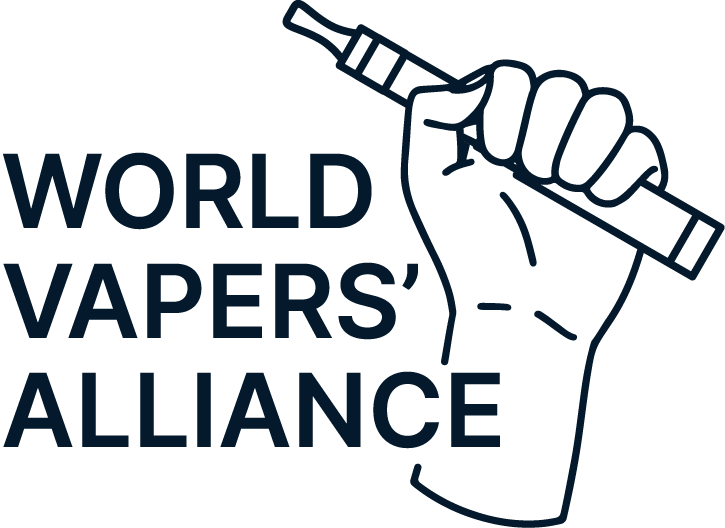Prima zi a summitului țigărilor electronice s-a încheiat! Este dezamăgitor că nu am putut participa în persoană, dar echipa summitului țigărilor electronice s-a descurcat excepțional de bine și a facilitat o zi extrem de interesantă de discuții despre tot ce ține de vaping.
Pe parcursul zilei, oameni de știință și experți din întreaga lume au discutat despre subiecte variate, de la EVALI până la defectele opiniei SCHEER privind vapatul.
Știind că mulți dintre voi nu ați putut urmări totul, am creat un scurt articol de pe blog cu cele mai importante momente ale zilei! Sperăm că îl veți găsi util și vă rugăm să îl distribuiți pe scară largă printre ceilalți vaperi.
Așteptăm cu nerăbdare a doua zi! Rămâneți pe fază. Cont de Twitter în timp ce continuăm să transmitem în direct pe Twitter summitul și să verificăm site web mâine pentru rezumatul evenimentelor din a doua zi.
Michael Landl
Director, Alianța Mondială a Vaperilor
—
Profesorul Alan Boobis de la Imperial College London a susținut prima prezentare a zilei, concentrându-se pe concluziile Comitetului pentru toxicitatea substanțelor chimice din alimente, produse de consum și mediu (COT) din Regatul Unit privind vapatul.
Profesorul Boobis ne-a prezentat procesul și metodologia de cercetare a COT, subliniind că, deși COT a ajuns la concluzia că, deși țigările electronice nu sunt lipsite de riscuri, riscul prezentat de acestea este “substanțial mai mic decât cel prezentat” de țigările tradiționale.
Următorul, Jamie Hartmann-Boyce de la Biblioteca Cochrane a prezentat descoperirile recente ale Bibliotecii Cochrane privind vapatul în comparație cu terapiile de înlocuire a nicotinei (NRT). Ea a vorbit despre necesitatea ca discuțiile politice să ia în considerare cele mai recente dovezi privind vapatul. Interesant este că a spus că Cochrane a primit recent finanțare de la Cancer Research UK pentru a căuta noi dovezi în fiecare lună despre țigările electronice în următorii ani.
Profesorul Jacob George de la Universitatea din Dundee a oferit câteva informații despre cum vapatul este mai puțin dăunător sănătății vasculare decât fumatul. Profesorul George a evidențiat, de asemenea, deficiențele comitetului consultativ științific al UE, recentul aviz negativ al SCHEER privind țigările electronice. El a spus că avizul SCHEER este “bazat pe date de foarte slabă calitate” și că unele dintre studiile pe care SCHEER le clasifică drept “puternice” nici măcar nu menționează țigările electronice și a criticat utilizarea de “dovezi selective”.”

Profesorul Jacob George
Dr. Sanjay Agrawal de la Universitatea din Leicester a oferit câteva informații valoroase din Regatul Unit privind țigările electronice, invocând poziția pozitivă a Public Health England și subliniind importanța “atenuării daunelor ori de câte ori este posibil” pentru fumători.
Ofițerul de presă al Centrului Științific Media, Tom Sheldon, a susținut o prezentare foarte interesantă despre relatările din presă despre vaping. El a spus că “unde există controverse, există și presă” și a cerut jurnaliștilor să se concentreze mai mult pe știință și dovezi în relatările lor despre vaping și mai puțin pe “povești înfricoșătoare”.”
În timpul primei sesiuni de întrebări și răspunsuri a zilei, au existat câteva comentarii interesante despre arome. Dr. Agrawal “Am nimerit-o: vrem să facem țigările electronice atractive pentru fumătorii care încearcă să se lase. Asta e ideea. Pentru mulți oameni, adăugarea de arome și eliminarea gustului de tutun este destul de utilă.”
Martin Dockrell, șeful Programului de Control al Tutunului pentru Sănătate Publică Anglia, a susținut o prezentare despre viitoarea reglementare a produselor din tutun în Regatul Unit, subliniind că “adevărata provocare” în orice reglementare viitoare constă în asigurarea faptului că produsele pe bază de nicotină sunt reglementate în mod echitabil.
A doua sesiune de întrebări și răspunsuri a zilei s-a concentrat pe nicotină și pe percepția acesteia de către autoritățile de reglementare. Karl Fagerström, psihologul și președintele Fagerstrom Consulting a declarat că nicotina este adesea “demonizată” și nu are o percepție favorabilă în jurul ei, spre deosebire de cafea. Când discuția s-a mutat în jurul aromelor, Martin Dockrell a subliniat că “orice facem pentru a reduce atractivitatea vapatului” nu face decât să împiedice mai mulți fumători să facă trecerea.
Poate cel mai important punct culminant al celei de-a treia sesiuni a fost o prezentare susținută de Martin Jarvis de la University College London, unde a demontat sistematic “narațiunea” unei epidemii de vaping în rândul tinerilor din SUA. Folosind aceleași date pe care se bazează FDA și CDC, Jarvis a subliniat că acestea “nu fac nicio încercare de a plasa utilizarea țigărilor electronice în contextul consumului de tutun” și că ideea unei “epidemii” de vaping în rândul tinerilor este doar o “narațiune în căutarea unei baze de dovezi”.”

Martin Jarvis, UCL
Spre sfârșitul zilei a avut loc o prezentare din partea Robin J. Mermelstein al Universității din Illinois despre cum să-i ajutăm cel mai bine pe “utilizatorii dubli” să renunțe la fumat și să treacă complet la vaping și o prezentare a profesorului Wayne Hall despre continuarea represiunii împotriva vapingului în Australia. Profesorul Hall a spus că legislatorii australieni, în loc să analizeze ce poate realiza o abordare eficientă a vapingului, similară cu cea din Marea Britanie, se concentrează în schimb pe instigarea la frică și pe poveștile înfricoșătoare.
Evenimentul final al primei zile a fost o ultimă sesiune de întrebări și răspunsuri. Probabil cea mai interesantă întrebare s-a concentrat pe sfaturile pe care participanții la dezbatere le-ar da noii administrații Biden cu privire la modul în care este reglementată nicotina în SUA. Profesorul Mermelstein a spus că sfatul ei ar fi să depolitizeze problema și, în schimb, să se concentreze doar pe modul în care putem oferi toate opțiunile disponibile fumătorilor pentru a-i ajuta să renunțe complet la țigări și să treacă la vaping. Profesorul Kenneth E. Warner de la Universitatea din Michigan a subliniat că este dificil să se poarte o conversație în SUA despre arome, când politicienii și autoritățile de reglementare “nu sunt dispuse să gândească rațional” despre acest subiect.

De sus în jos, de la stânga la dreapta: profesorul Ann McNeill, profesorul Alan Boobis, profesorul Sanjay Agrawal, Tom Sheldon, Jamie Hartmann-Boyce și profesorul Jacob George







